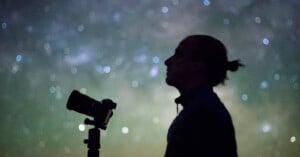
Acclaimed Astrophotographer Alyn Wallace Tragically Dies at 34
Gifted astrophotographer, author, and educator Alyn Wallace tragically passed away last week at the young age of 34.

Gifted astrophotographer, author, and educator Alyn Wallace tragically passed away last week at the young age of 34.
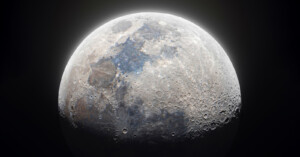
Astrophotographer Andrew McCarthy has captured a "GigaMoon" -- a 1.3-gigapixel highly-detailed image of the Moon made from 280,000 photos.
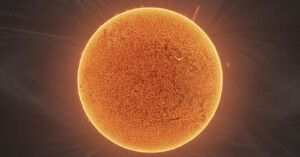
Astrophotographers Andrew McCarthy and Jason Guenzel teamed up to produce this stunning image of the Sun with a solar tornado spinning off it that's as tall as 14 Earths.
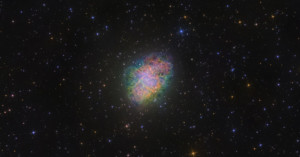
Astrophotographer Andrew McCarthy has captured a star that went supernova back in the medieval period.
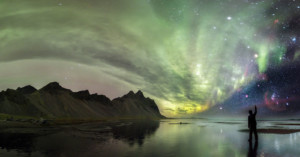
A photographer captured the aurora lights and details from the Orion constellation that have never been captured in the same image before.
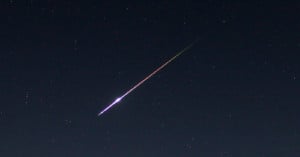
Astronomer and astrophotographer Mary McIntyre was locked out of her Twitter account for three months after a video of a meteor she published to the platform was flagged as "intimate content."
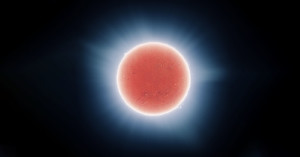
Talented astrophotographer Andrew McCarthy has posted a wonderous 145-megapixel image of the sun he captured with a specially modified telescope.
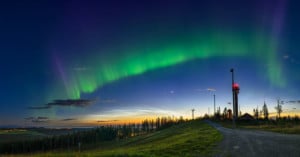
Astrophotographer Göran Strand captured not one, but two rare celestial phenomenons in the same image yesterday.
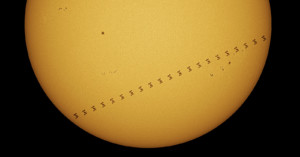
Astrophotographer Jamie Cooper captured an incredible photograph of the International Space Station passing in front of the sun from his backyard garden.
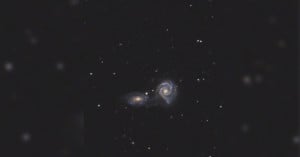
Astrophotographer Brandon O'Meal managed to photograph a pair of colliding galaxies that exist about 130 million light-years away from his backyard.
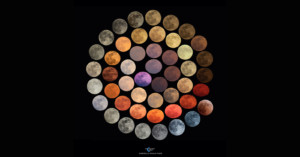
In a unique lunar composite that took ten years to complete, Italian teacher and astrophotographer Marcella Giulia Pace captured all the different colors she observed of a full Moon.
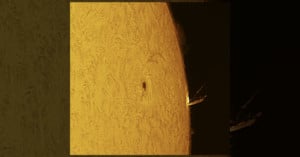
Chuck Ayoub was trying out a new filter on his telescope camera when he captured a huge explosion on the surface of the Sun.
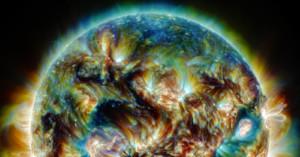
The Royal Observatory astrophotography competition -- which is the largest such competition in the world -- has announced its shortlisted images from this year's submissions.
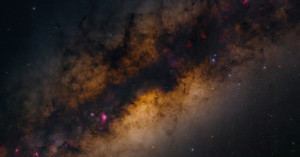
Accomplished astrophotographer Bartosz Wojczyński has created a gigantic 2.2 gigapixel photo of the Milky Way that he was able to capture in just one night, which is an astounding achievement given that a similar 1.7 gigapixel photo took another photographer 12 years to complete.
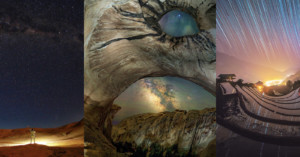
The Royal Museums Greenwich hosts an annual competition for the best astronomy photos of the year and as a reminder that the deadline for the 2021 competition is fast closing, the organization has announced the people's choice winner from the 2020 competition.
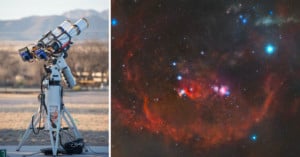
In a project that took 5 years to capture, 500 hours of editing, and 42 total hours to process, astrophotographer Matt Harbison has completed a dream started in 2013: capturing, processing, and making available an incredibly detailed 2.5 gigapixel photo of the Orion Constellation.
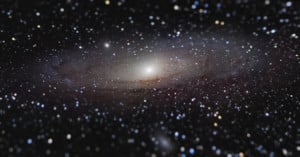
The Royal Observatory Greenwich has just unveiled the winners of the coveted 2020 Astronomy Photographer of the Year awards. And this year's top prize went to a beautiful photograph of the Andromeda galaxy that makes it seem as if you could actually reach out and touch it.
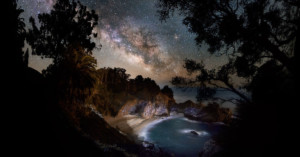
McWay Falls has been a tourist destination for longer than many of us even heard of the place, but it wasn't until 2012 that photographer Steven Christenson really "discovered" the potential of the site at night. Nestled in the rugged and gorgeous part of the California coast better known as Big Sur, McWay Falls enjoys extremely dark skies.

Back on September 20th, 2016, an Argentinian amateur astronomer named Victor Buso was setting up and testing a new camera on his telescope when he captured something that may have never been caught on camera before: the first moments of a supernova.

Astrophotographer extraordinaire Göran Strand created this neat composite image to explore an interesting 'what if?' scenario: What if your eyes could see the sun the way a Hydrogen Alpha Telescope does? What would a sunset look like then?
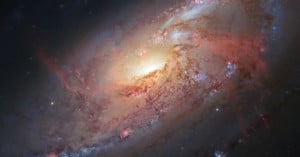
The space agencies that run the Hubble Space Telescope may have some of the most powerful photographic equipment at their disposal, but every now and then they can still use a little help from amateur astrophotographers.
Amateur astrophotographer Robert Gendler created the beautiful photograph above showing the spiral galaxy M106 by compositing existing imagery captured by the Hubble telescope with his own photos captured from Earth.
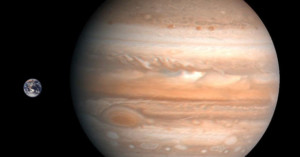
An apparent meteor struck Jupiter yesterday, creating an explosion so massive that amateur astronomers looking through their telescopes her on Earth were able to see it. Amateur astrophotographer George Hall of Dallas, Texas happened to have a camera and telescope pointed at the planet at the time, and managed to snag some video footage of the fireball, which he soon uploaded to his Flickr account.
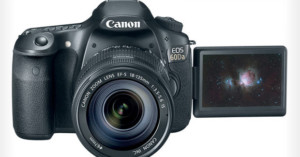
Canon has announced the new 60Da, a DSLR geared towards astrophotographers and the successor to the 20Da. So what's different about this camera?